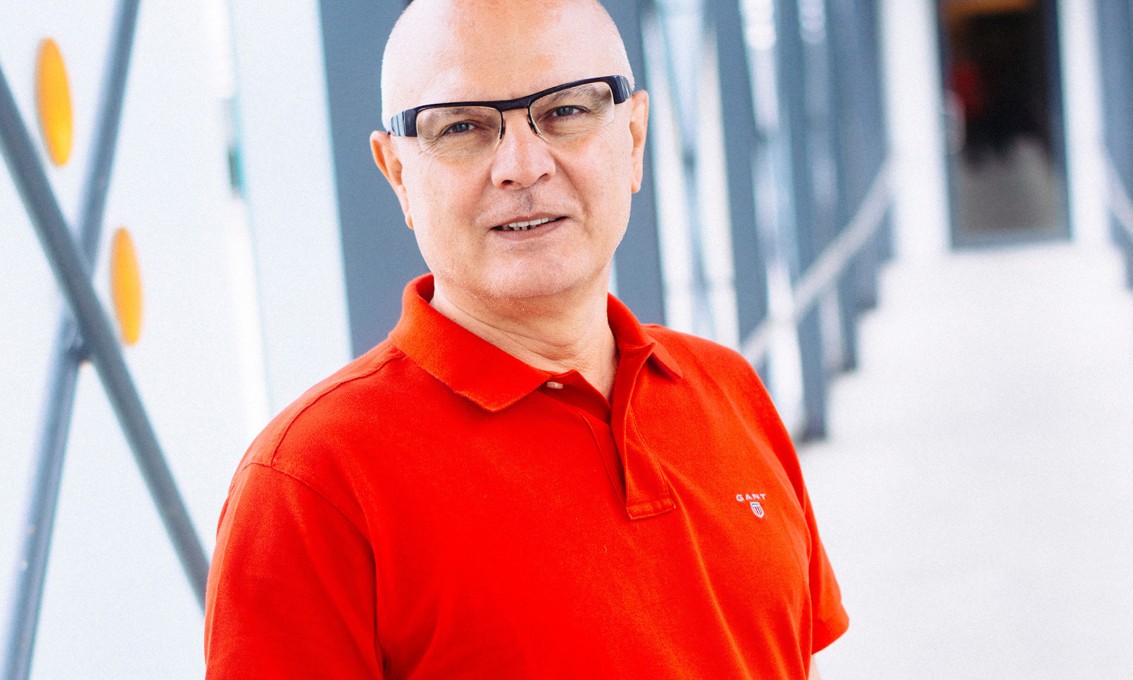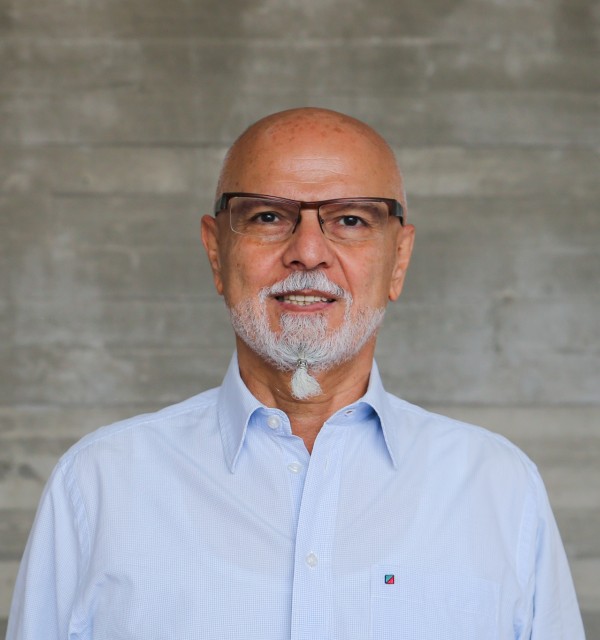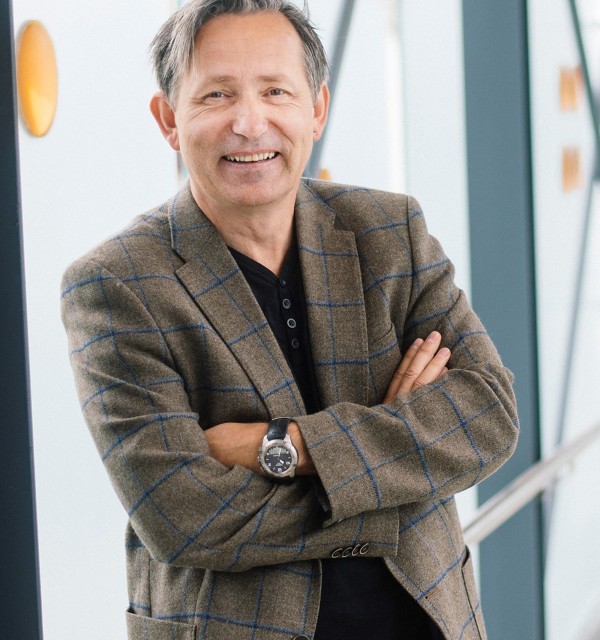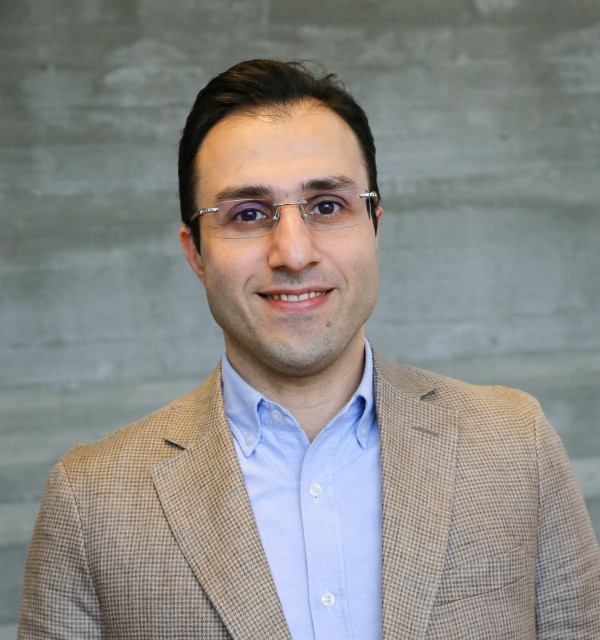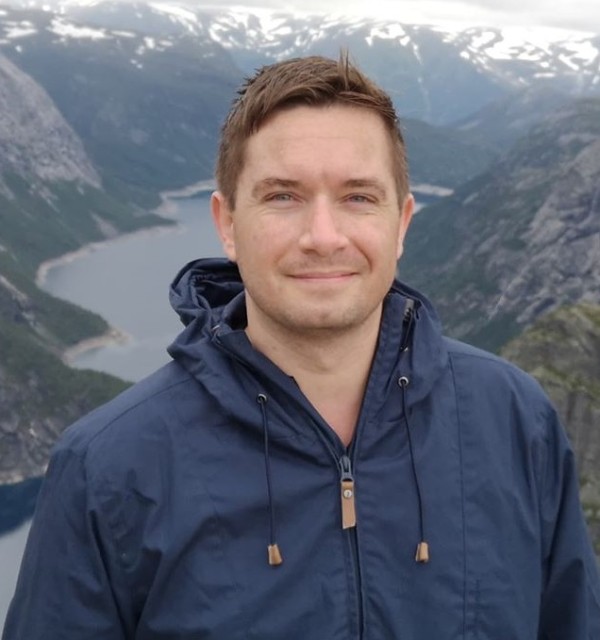Green transition and sustainable development is all about using resources smarter and more efficiently. The researchers in the ENSYSTRA project seek to accelerate the transition to enable a more integrated mix of renewable energy.
ENergy SYStems in TRAnsition Innovative Training Network
3 Ph.Ds 2 Professors 1 Associate Professor
University of Groningen The University of Edinburgh Chalmers University of Technology Aalborg Universitet Europa-Universität Flensburg University of Stavanger
2017–2021
Horisont 2020 Innovative Training Networks (ITN) in the Marie S. Curie programme
The transition from an energy system based on fossil fuels to a system based on an energy mix that emits significantly less CO2, is strongly dependent on increased societal awareness.
How can industrial decarbonisation be achieved in Northern Europe?

The slow-moving development towards sustainable energy systems is not due to lack of technological solutions. It is rather economic, political and social factors that are to blame. Providing solutions that help the transition to move forward, requires close collaboration between engineers and social scientists. Only then can we avoid solutions that work technically but are not economically viable or socially acceptable.
Six UiS researchers participate in a research collaboration between six European universities and numbers of industry partners to educate highly qualified energy experts with the aim to provide Europe with more environmentally friendly energy systems. The goal is to find the most successful solution for developing a society with almost one hundred percent renewable energy. Energy and emission intensity of different pathways will be explored with the help of techno-economic and mathematical models. The findings will help in designing a more efficient and resilient energy system for the future.
The objective of this ENSYSTRA project is to identify the different pathways in which decarbonisation of the integrated energy system can be achieved.
Research Group
Energy efficiency and waste heat recovery
Abhinav Bhaskar studies the techno-economic feasibility of implementing innovative low-carbon production technologies with focus on hydrogen, to reduce emissions from the industries in the North Sea Region.
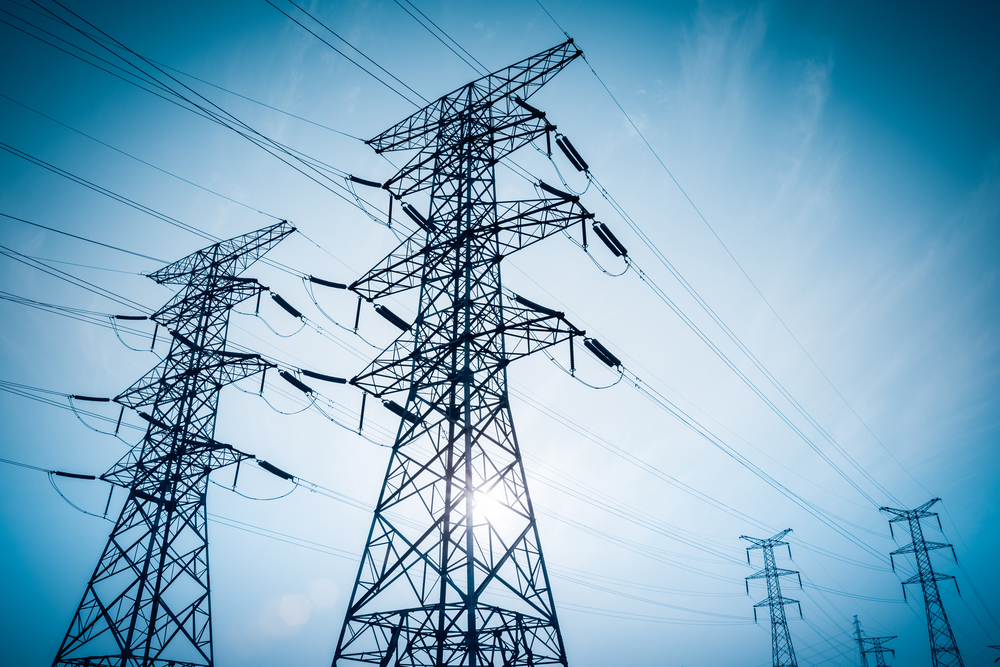
The world needs to decarbonize energy intensive industries – like iron and steel, chemicals and cement – that use fossil fuels as a source of high temperature heat and as chemical feedstock. Industries consume one-third of the global primary energy and are responsible for a quarter of the global greenhouse gas emissions. Innovative technologies and policies are needed to address the challenge.
Hydrogen could be one of the alternatives to fossil fuels used in the industries. Hydrogen can either be produced from natural gas or through electrolysis of water. Norway has access to cheap natural gas and cheap electricity and could be an important exporter of hydrogen. Bhaskar looks at the important role Norway can have in decarbonizing energy-intensive industries in the EU.
The aim is to develop a bottom-up technology rich model to assist industries and policy makers in making informed decisions.
Ph.D. Student: Abhinav Bhaskar
Supervisor: Mohsen Assadi
Partners: Chalmers University of Technology
Development of a real-time optimisation solution for dispatchable energy supply units
Qian Zhang developes solution which makes it easier to integrate distributed generation, such as solar and wind energy, in the future electricity grid.

The decarbonisation of the energy industry, and the power sector in particular, plays a major role in the transition towards a low-carbon economy. The North Sea region, which is the focus of the ENSYSTRA project, is expected to have the majority of its electricity demand supplied by solar and wind in 2050. But due to the variability of sun and wind, the grid integration of solar and wind resources is a major challenge.
This research project looks at developing a real-time optimisation model to manage variable solar and wind electricity generation. Qian Zhang will use artificial intelligence-based methods to better forecast this variable renewable energy generation and facilitate its integration into the future electricity grid. A real-time optimisation model could help policymakers as well as system operators for electricity, better understand these challenges and make evidence-based decisions on the short-term planning and dispatch of electricity.
Ph.D Student: Qian Zhang
Supervisor: Mohsen Assadi
Partners: ARGE Netz, Scottish Power Energy Networks
Policy framework interactions for cross-border cooperation in energy systems transitions
Benjamin Silvester explores how Norwegian hydropower can be used as large scale storage option for the European integrated energy system.
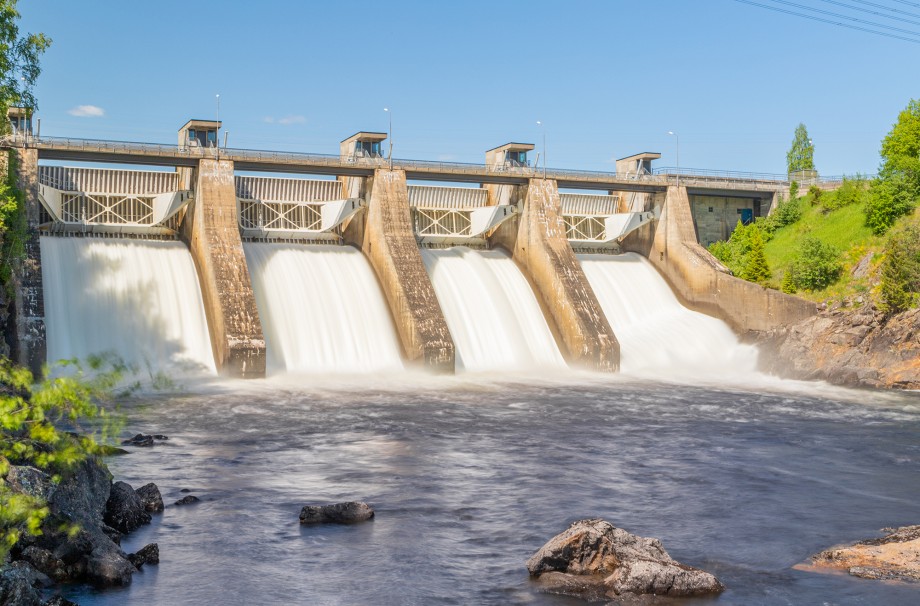
Europa has a common energy system consisting of different national energy systems. In transitioning towards more sustainable energy systems, cooperation among state actors need to increase. This research project explores how national and international policies and framework conditions for the cross-border cooperation in energy systems transitions can interact. As a case study, this project will look at the utilisation of Norwegian hydropower as a battery for systems integration in a European context, analysing the policy and framework conditions necessary for such an utilisation. Benjamin Silvester will analyse different levels of government policies and stakeholders with the aim of identifying barriers and opportunities for system integration and battery usage. The project will have great value for understanding the behaviour of national energy systems as well.
Ph.D. Student: Benjamin Silvester
Supervisor: Oluf Langhelle
Partners: Statkraft Sverige, Universitetet i Edinburgh
More about energy
Won prize for best PhD project
Huong Huynh finished her PhD project at University of Stavanger October 2021. Now her PhD thesis has been selected as Be...
Won Innovation Award for master's students
On the 25th of October 2022, Izwan Ahmad was awarded the 2022 Innovation Awards for master’s students by Rogaland county...
Wind turbine and solar cells on campus
Spring of 2019, a wind turbine was lifted into place and installed on the Ullandhaug campus. Solar cells have already be...
What have we achieved in the IOR Centre?
Eight years of research on improved oil recovery are coming to an end. In this article you get the highlights from the r...
What does the energy industry need?
Researchers at University of Stavanger have asked the industry to define their education needs in the years to come.
Wettability estimation by oil adsorption
Samuel Erzuah defended his PhD thesis 24 September. Now he is moving back to Ghana as Dr. Erzuah.
Waste Heat Energy Integration, Storage and Utilization
Heating and cooling in buildings and industry are responsible for half of energy consumption in Europe. They have also p...
Upscaling and environmental impact
What are the most important parameters from smaller scales that are important to describe flow on a larger scale? Chemic...
Understanding the initial wettability of reservoirs
Panagiotis Aslanidis defended his thesis on wettability for core analysis. The purpose of his research was to link reser...
UiS students won the Laurie Dake Challenge
Master students from University of Stavanger won the prestigious student competition during the geology conference EAGE ...
Twinning to Sustainable Energy Transition (Twinn2SET)
The European Union is facing a pressing challenge to transition into a carbon neutral economy by 2050. Researchers from ...
Tracer technology
The main objective of this task was to devise methods and procedures to map volumetric distribution of residual oil satu...
Top students win industry awards
Repsol, IKM Acona and Vår Energi awarded a total of nine prizes and NOK 275,000 to bachelor and master students at UiS. ...
This invention produces electricity from marine currents
Researchers at UiS have developed an energy converter that creates electricity from sea currents and river flows.
Theme 2: Reservoir characterisation to improve volumetric sweep
Theme 2 works with the integration of field data such as pressure, temperature, seismic data, tracer data, geophysical d...
Theme 1: Mobile and immobile oil and EOR methods
Theme 1 focuses on understanding, modeling, and upscaling the microscopic and macroscopic displacement efficiency when v...
The National IOR Centre of Norway
The National IOR Centre provides solutions for improved oil recovery on the Norwegian continental shelf through academic...
Test facilities – Energy Systems Engineering
Distributed energy conversion technologies, using fuel flexible solutions, energy storage and smart technologies are ess...
